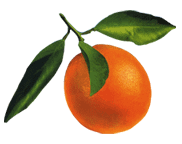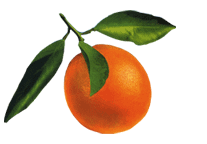15 Mar Art is Power
One Challenge to the arts in America is the need to make the arts, especially, the classic masterpieces, accessible and relevant to today’s audience.
William Safire
Despite the cessation of open hostilities in the Culture Wars of the 1990s, we are still at war. The value of art is still hotly contested. Giving way, or rather pushing away traditional lines of demarcation –the leftist ideal of confrontation verses the conservative notion that art should be beautiful and pay for itself– art advocates have turned to a dichotomous battle between art as “intrinsic” verses art as “instrumental.” Intrinsic art is “pleasurable, valuable, or enlightening” while instrumental art is useful.
However, there is something missing in this dialogue: something just as critical if not more so. Art is empowering.
In order to prove art’s worth to society, instrumentalists like William Safire, self-styled “right-wing scandalmonger” of the New York Times and the 19th annual Nancy Hanks Lecturer on Arts and Public Policy, push studies that empirically show art education improves cognitive development. In other words, learning about art improves students’ ability to do other more worthy pursuits. This is the antithesis of doing art for art’s sake. Traditional liberal advocacy groups like Americans for the Arts support Safire’s contention because they believe that art will ultimately win in its supporting role. Art will be deemed of value to society. In this phase of the war, these means justify their ends.
Both groups are forgetting that being creative is one of the most powerful feelings one can have. Whether you write or paint, no one tells you what you can or cannot do. There are no committee meetings or project management plans. You don’t have to be a CEO and you don’t have to have any money. It is pure decision-making in its richest form. You are THE MAN (or THE WOMAN). And your decisions alone determine your art’s success.
That’s a lot of responsibility.
This doesn’t mean you should disregard others. In fact, not only does art teach one to be responsible but it also teaches one to listen. When I was in graduate art school I was required to discuss my work with my Thesis Committee, faculty who questioned every idea I had. Many times their opinions differed widely from each other. Often there was major disagreement between these experts about the nature and direction my work should take. My real job in school was to learn how listen, consider, and decide which ones, if any, were important. Ultimately, I had to learn to listen to myself.
In the 1990s, while salvos were being tossed between the right and left, I formed ArtFBI (Artists for a Better Image), my own arts organization, to advocate for the importance of creative power. Now that I work in the real world, no day goes by without employing what I learned in art school, running this organization, and, of course, through making art.
That’s the real value of art missing from this present discourse. Watching just about any “reality” TV show the disenfranchised either feel they have no power or hurt people in order to gain it. Grade school children in Mad Hot Ballroom (automatic music alert), a documentary on the annual New York City School Ballroom Competition, realized the authority they gained as they mastered complicated dance steps. And for many it changed their lives.
So, let’s not forget this when the bigwigs debate the role of art in this society. Yes, art can inspire. And, yes, it can increase our cognitive abilities. But it can also empower and in doing so make us a responsible people.
William Safire, I agree we should look to the classics to make art relevant to today’s audience. Let’s start with Henry Wadsworth Longfellow who said “Art is power.”
Download a Podcast of William Safire’s Lecture (via Americans for the Arts).




Ivan Pope
Posted at 02:17h, 16 MarchCouldn’t agree with you more. Funnily enough, I was clearing out my studio the other day (see blog.ivanpope.com) and I came across a complete pristine set of ArtFBI bumper stickers. My favourite, as always, “Art is not a four letter word.” Power!